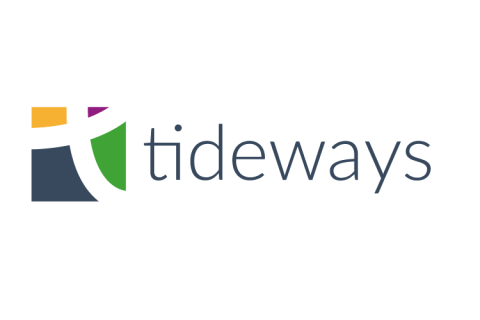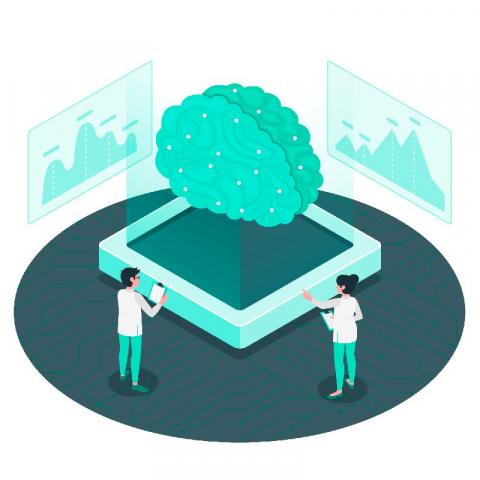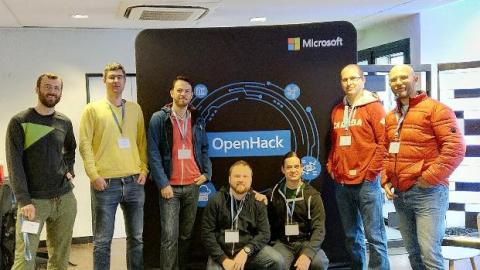Infrastructure as Code without Infrastructure
Infrastructure as Code (IaC) is a powerful process – replacing manual, error prone and expensive operations with automated, consistent and quick provisioning of resources. In many cases, IaC is dependent on existing infrastructure, typically including a configuration management system. Chef, Puppet and SaltStack are all commonly referenced players in this market, each requiring resources to be in place and having their own difficulties in setup and maintenance.











